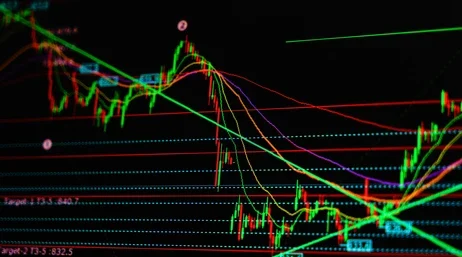In today’s hyperconnected financial world, investing has never been more accessible — or more confusing. Between social media “day traders” promising quick profits and financial advisors preaching patience and discipline, many new investors are left wondering: should you trade frequently to catch short-term opportunities, or focus on a long-term investment strategy to build sustainable wealth? Both approaches have their merits, but understanding how they differ — and when each works best — can make all the difference in achieving your financial goals.
The Mindset Divide: Speed vs. Strategy
At its core, trading is about exploiting short-term price movements. Whether it’s day trading, swing trading, or scalping, traders aim to capitalize on volatility — buying low and selling high, often within hours or days. According to data from Charles Schwab, the average holding period for an active trader is now less than 10 days, compared to over 6 years for a long-term investor.
By contrast, long-term investing is built around patience and compounding. It’s the Warren Buffett approach — buying shares of quality companies and letting them grow over years or decades. Historically, the S&P 500 has returned an average of around 10% per year since its inception, despite short-term market turbulence, proving that time in the market often beats timing the market.
The Risk-Reward Tradeoff
Trading can offer high potential rewards — but those come with high risk. A 2023 study by the European Securities and Markets Authority (ESMA) revealed that up to 74% of retail traders lose money over time. Factors such as emotional decision-making, transaction costs, and unpredictable volatility make short-term success difficult to sustain.
On the other hand, long-term investors benefit from compounding — the powerful process where earnings generate more earnings. For example, if you invest €5,000 today and achieve a 7% annual return, your investment could grow to nearly € 20,000 in 20 years without any additional contributions. The key is consistency and the ability to ride out short-term downturns.
Strategy and Time Commitment
Trading demands time, research, and constant market monitoring. It’s practically a part-time job. Algorithms and real-time analytics can give professional traders an edge, but for most retail investors, keeping up with market fluctuations can be overwhelming.
Long-term investing, by contrast, allows for a more “set it and forget it” approach. Through diversified portfolios — such as index funds or ETFs — investors can spread risk across sectors and geographies, lowering exposure to single-company shocks. According to Vanguard, a well-diversified long-term portfolio can reduce volatility by as much as 30% compared to concentrated stock positions.
Combining Both Approaches
Many modern investors are adopting a hybrid strategy — a core long-term portfolio supplemented by a small portion dedicated to tactical or short-term trading. This allows them to benefit from market stability while still engaging in more dynamic opportunities. For instance, keeping 80% of one’s capital in diversified ETFs and using the remaining 20% for sector-specific trades (such as tech or renewable energy) can balance risk and reward.
Such an approach requires discipline: separating speculative trades from strategic investments, tracking performance, and maintaining clear exit rules.
The Long Game Always Wins
While trading can be exciting — and occasionally lucrative — the data remains consistent: long-term investing tends to outperform short-term trading over time. Markets reward patience, diversification, and compounding growth. For investors looking to build genuine wealth and financial freedom, the long-term approach remains the cornerstone of success.
Ultimately, whether you trade daily or invest for decades, the real goal is the same — using money as a tool to create security, opportunity, and independence. The best strategy isn’t the one that promises instant riches, but the one that keeps you invested long enough to see real, lasting results.

